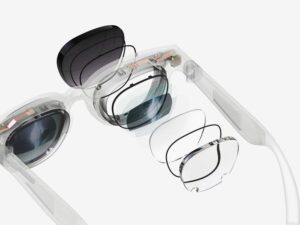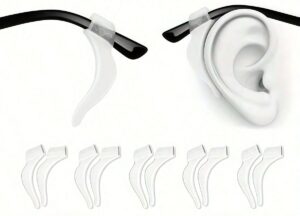How sunglasses are categoried and what is the meaning for categoring.
Categories
Sunglasses are categorized based on design, lens technology, use, style, and frame material, let’s check those categories:
Lens Technology:
Polarized Sunglasses: Reduce glare by filtering horizontally polarized light.
Non-Polarized Sunglasses: Provide UV protection and brightness reduction.
Lens Color:
Gray: True color perception, suitable for bright conditions
Brown/Amber: Enhance contrast and depth perception
Green: Reduce glare without distorting colors
Yellow/Orange: Improve visibility in low light
Mirrored: Reflect light away, reducing glare
Design and Style:
Aviator / Wayfarer / Round / Sport / Fashion sunglasses
Use:
Sports / Driving / Stylish
Frame Material:
Acetate / Plastic / Metal / Titanium
Meaning
Setting categories for sunglasses offers several benefits for both consumers and manufacturers:
- Consumer’s Choice: Categories help consumers easily navigate through a wide range of sunglasses available in the market. By categorizing sunglasses based on design, functionality, lens technology, and use, consumers can quickly identify options that meet their specific needs and preferences.
- Targeted Marketing: Categories allow manufacturers and brands to target specific consumer segments more effectively. By understanding consumer preferences for sunglasses, they can tailor their marketing strategies and product offerings accordingly.
- Enhanced Product Differentiation: Categorization helps differentiate products based on features such as lens technology (e.g., polarized vs. non-polarized), lens color, frame material, and design style. This differentiation enables manufacturers to highlight unique selling points and competitive advantages of their sunglasses.
- Improved Customers Satisfaction: By categorizing sunglasses based on their intended use (e.g., sports, driving, fashion), manufacturers ensure that consumers can find products that not only meet their aesthetic preferences but also provide functional benefits like UV protection, glare reduction, and durability. This enhances overall customer satisfaction and loyalty.
In summary, setting categories for sunglasses benefits both consumers and manufacturers by facilitating informed decision-making, targeted marketing, product differentiation, and overall customer satisfaction. It simplifies the shopping experience and ensures that sunglasses meet the diverse needs and preferences of consumers in various contexts.







